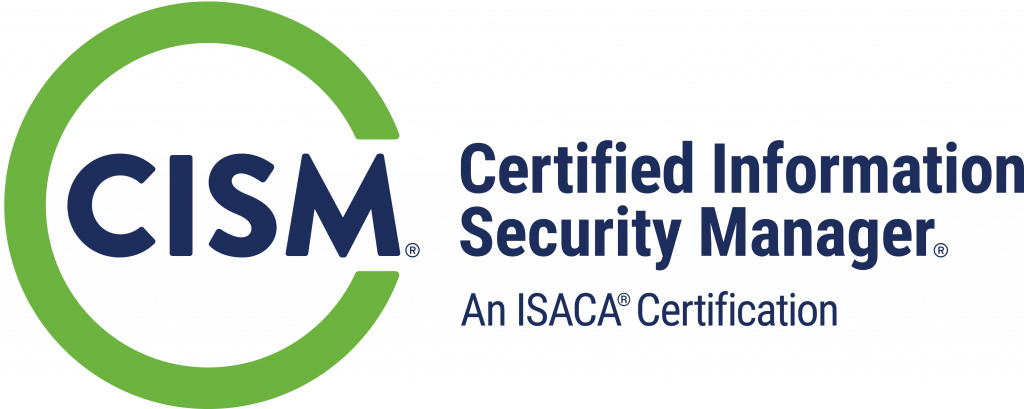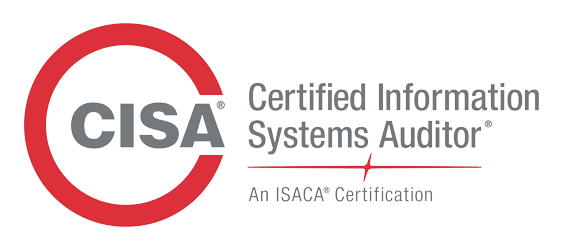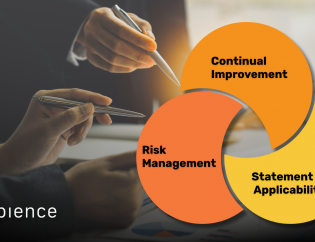Reel to Real
Written by:
Consultant
Sapience Consulting
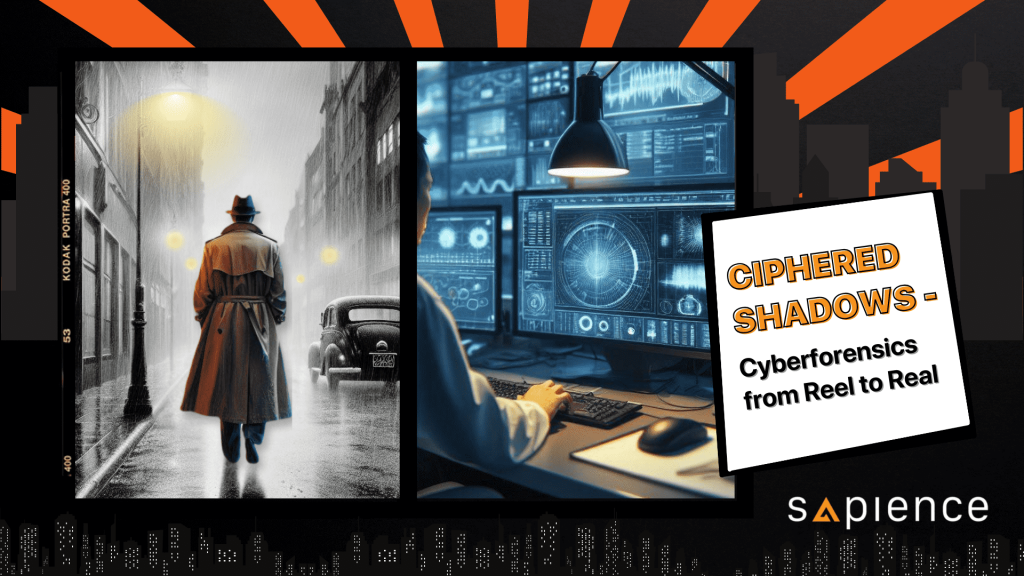
Detective Alan Ma investigates the mysterious disappearance of Dr. Emily Tan, a cybersecurity expert in Silicon Valley. The plot revolves around Emily’s groundbreaking encryption research, prompting Alan to navigate a complex web of corporate espionage within the cybersecurity firm CyberSynergy.
As Alan digs deeper, messages on Emily’s computer suggest a dangerous hacking group’s interest in her work. Richard Manning, CyberSynergy’s CEO, becomes a person of interest, and suspicion grows within the company as colleagues seem involved in compromising Emily’s research.
Digital forensics experts, alongside cybersecurity specialist Mia Hardeep, uncover a sophisticated malware strain designed to exfiltrate Emily’s encryption algorithms. The investigation takes a dark turn as Alan and Mia follow the digital trail to an underground hacker forum, exposing a network of compromised servers and hidden backdoors..

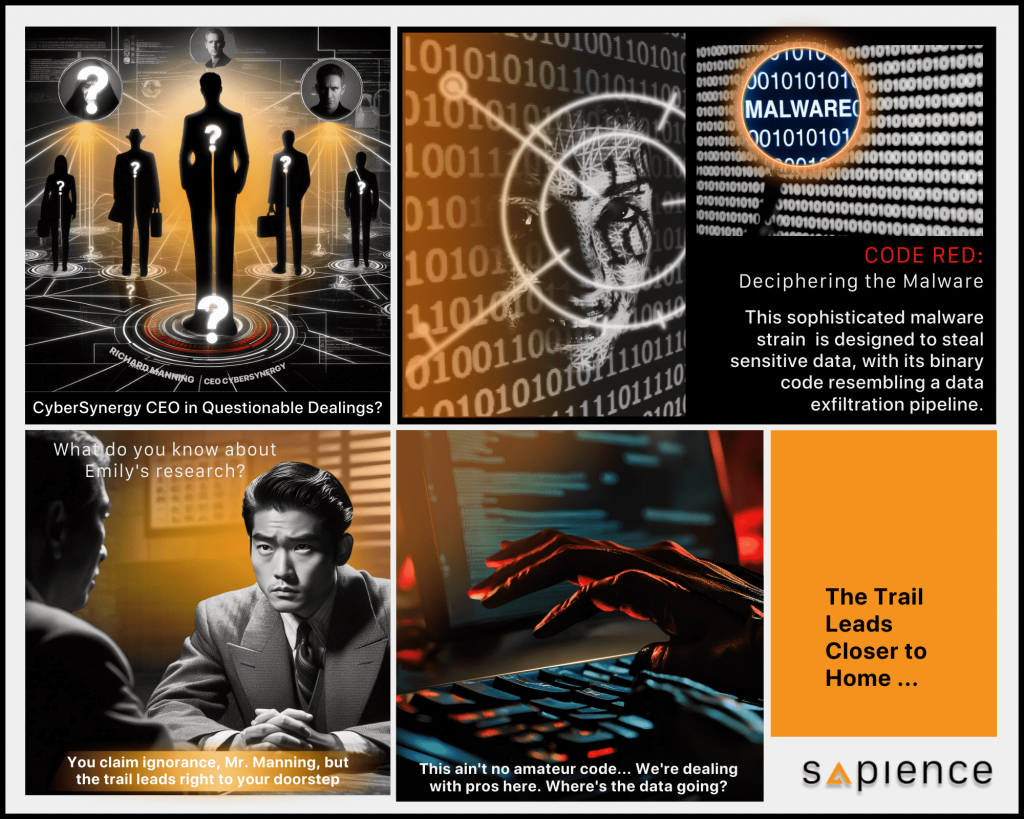
The story intensifies when the duo discovers an underground server farm hosting the stolen encryption technology. A confrontation with a shadowy figure reveals the orchestrator of the cyber heist and points towards a broader conspiracy. Meanwhile, Richard Manning denies involvement, leading Alan and Mia to unveil a geopolitical cyber conflict involving state-sponsored espionage.
In a climactic virtual showdown, Alan and Mia must secure Emily’s release and prevent the stolen technology from becoming a tool of cyber warfare. The investigation concludes with blurred lines between criminal enterprises, corporate interests, and government agendas. The epilogue plays out as Mia flips through investigation documents, reflecting on the dynamic nature of cyber threats and the ongoing challenges of navigating the intersection of technology, corporate interests, and national security.
A summary of a movie plot? Perhaps, but there are parallels we can draw to the steps in a typical digital forensics investigation.
Incident Identification:
Emily Tan’s disappearance and the discovery of encrypted messages on her computer.
Cybersecurity investigations often start with identifying unusual activities, such as unauthorised access or suspicious communications. This is often initiated by the incident response team within an organisation.
Evidence Collection:
Alan and his team collect digital evidence from Emily’s devices and CyberSynergy’s network.
When an incident is deemed to require forensic expertise, specially trained personnel and specialised tools are used to gather evidence, analysing computers, servers, and networks for traces of cyber attacks while maintaining the chain of custody.
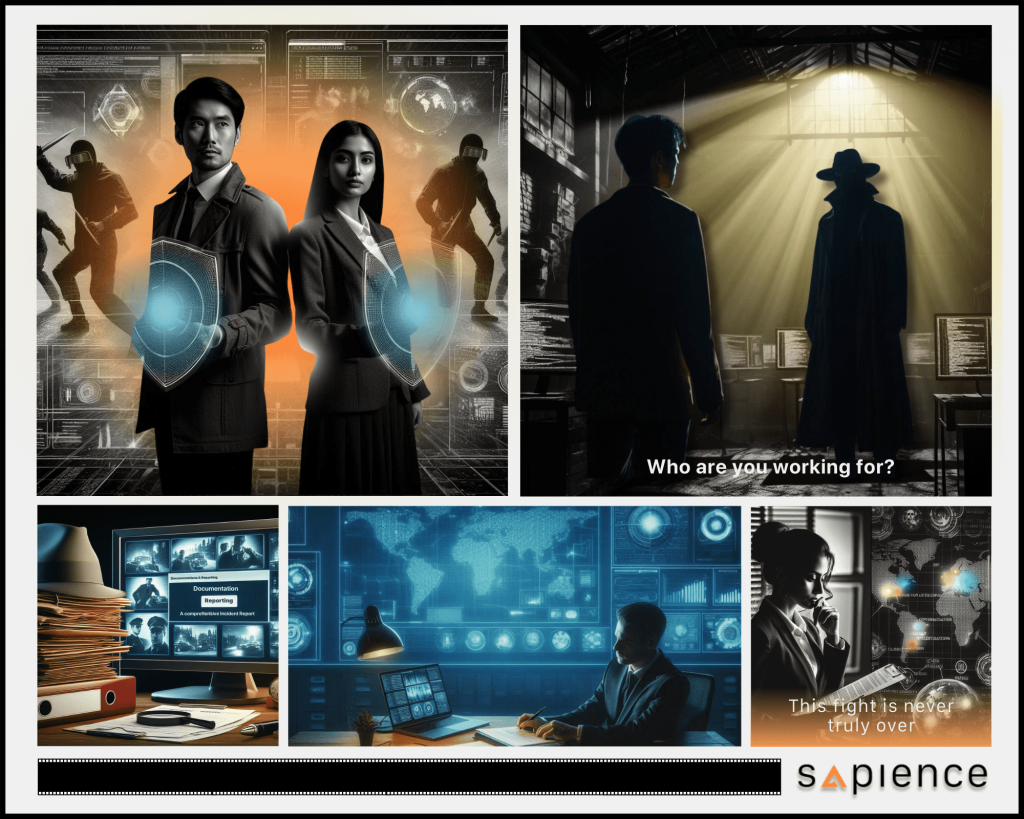
Digital Footprint Analysis:
Alan and Mia trace digital footprints to a hacker forum, revealing a network of compromised servers.
Investigators analyse logs, network traffic, and system artifacts to reconstruct the sequence of events and identify compromised infrastructure.
Malware Analysis:
A sophisticated malware strain is discovered, leading to an underground server farm.
Cybersecurity specialists may need to conduct malware analysis to understand malicious code’s functionalities and intentions.
Interviews and Interrogations:
Alan confronts CyberSynergy’s CEO, Richard Manning, and uncovers betrayal within the company.
Investigators may conduct interviews with relevant personnel to gather insights, verify findings, and uncover potential insider threats.
Incident Containment:
Alan and Mia engage in a virtual showdown to secure Emily’s release and prevent further damage.
This may be highly scripted in a movie plot, but typically, incident response primarily focuses on containing and mitigating the impact of a cyber attack to prevent further compromise.
Documentation and Reporting:
The investigation’s findings are documented, providing closure to the case.
A comprehensive report is generated in cybersecurity forensics, outlining the incident, methods used, and recommendations for future prevention.
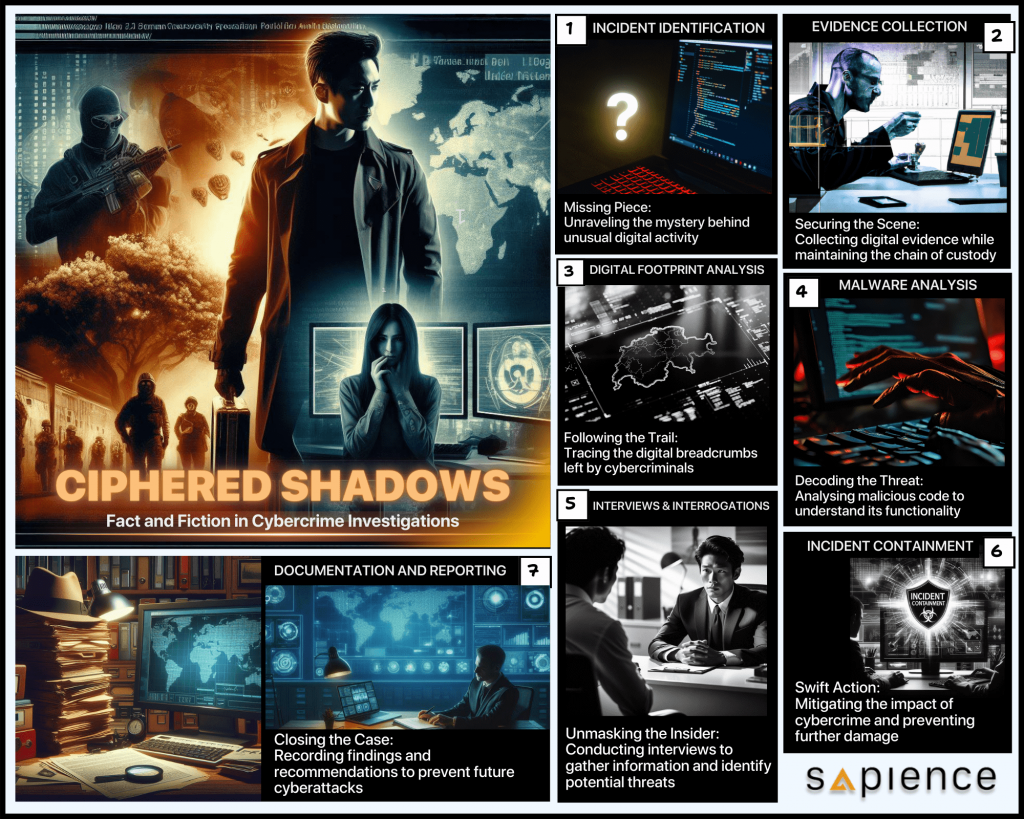
A movie often exaggerates certain scenes, (especially hacking ones!) to dramatise and make it exciting, but there are often parallels we can draw to real world scenarios. Where the main difference lies is that it is often not mentioned or implied that such specialist skills like cyber forensic ones are in fact acquired through training, and not simply the spontaneous action of a genius individual. Specialist knowledge is required to collect secure evidence and ensure the chain of custody.
That said, a movie plot may be fictitious, but cyber threats out there are always real. Can we guarantee that we do not become the main characters in a real-life cybersecurity movie? Probably not, but at the very least we can ensure that if we end up in a blockbuster type situation, we are well prepared for it.
Check out our IBF-approved courses! There is no better time to upskill than now!

